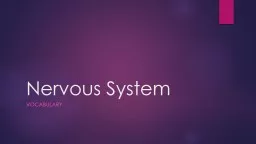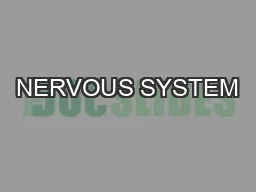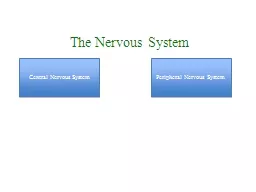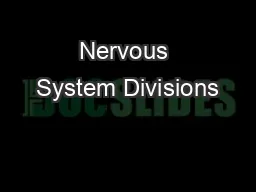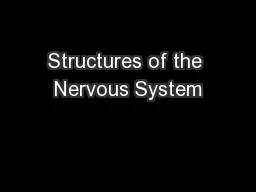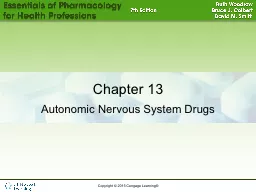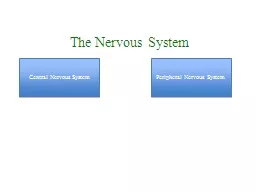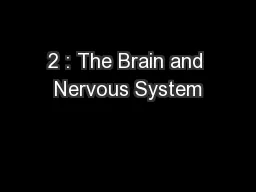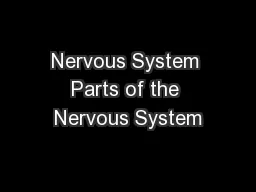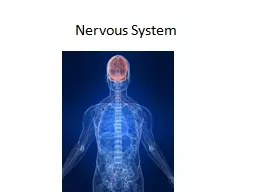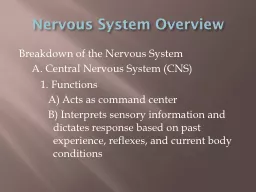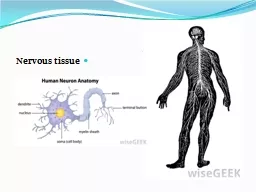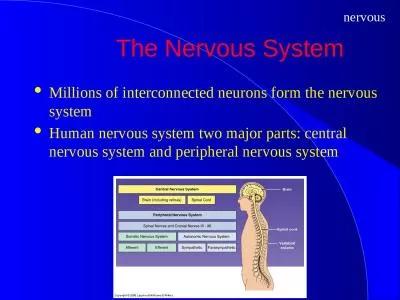PPT-Nervous System vocabulary
Author : okelly | Published Date : 2022-02-12
Vocabulary Afferent Autonomic Nervous System Cerebral Spinal Fluid Conductivity Congenital Efferent Equilibrium Excitability Homeostasis Interneurons Ischemia Meninges
Presentation Embed Code
Download Presentation
Download Presentation The PPT/PDF document "Nervous System vocabulary" is the property of its rightful owner. Permission is granted to download and print the materials on this website for personal, non-commercial use only, and to display it on your personal computer provided you do not modify the materials and that you retain all copyright notices contained in the materials. By downloading content from our website, you accept the terms of this agreement.
Nervous System vocabulary: Transcript
Download Rules Of Document
"Nervous System vocabulary"The content belongs to its owner. You may download and print it for personal use, without modification, and keep all copyright notices. By downloading, you agree to these terms.
Related Documents

